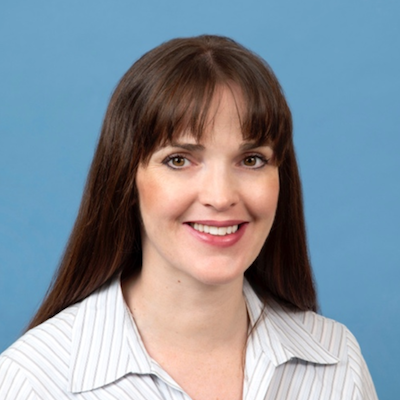Article
HIV Latency Reversal Could Lead to Infection Removal
Author(s):
Researchers at the University of North Carolina are beginning to combine a latency reversal agent with treatments that would destroy latent forms of HIV.

Nancie Archin, PhD, can think back to as recently as 2006, when the state of human immunodeficiency virus (HIV) treatment didn’t look great.
Archin, an assistant professor in the Division of Infectious Diseases at the University of North Carolina (UNC) at Chapel Hill, said the discussion of an HIV cure wasn’t even being discussed then. In fact, “cure was a dirty word,” Archin said.
“The field has come a long way since then,” Archin said.
Archin recently led a study of latent forms of the HIV virus, one of the greatest hurdles in securing a cure of the disease. The team of researchers were able to expose hidden HIV reservoirs with interval doses of vorinostat, a compound drug approved by the US Food and Drug Administration (FDA) to treat cutaneous T cell lymphoma (CTCL).
Researchers observed the efficacy of vorinostat in 16 HIV patients who regularly too standard antiretroviral therapy (ART) for their condition. Patients were administered vorinostat doses at 2-day and 3-day intervals.
Results showed the HIV virus was more detectable in latently infected CD4-plus T cells when the drug was administered once every 3 days, with tolerance still shown in patients.
Such findings have been a decade in the making, Archin said. This trial preceded 2 like it from the same team of researchers, with work focused on finding the proper interval of a latency reversing agent like vorinostat to let it continue to induce the virus in patients.
Though the findings “outline parameters” for vorinostat as a safe and consecutive latency reversing agent in further studies, the authors noted the actual depletion of these forms of HIV virus will require more advances.
“In addition to improvements in latency reversal, these advances may include the sustained induction of potent antiviral immune responses capable of recognizing and clearing the rare cells in which HIV latency has been reversed,” the authors wrote.
These dual tasks — to draw all forms of the virus out, and to then destroy them — are both complicated and widely recognized among researchers, David Margolis, MD, said.
Margolis, the director of the UNC HIV Cure Center at the Institute for Global Health & Infectious Diseases and a member of the research team, said the current studies the UNC team is moving forward with all involve more than one intervention to clear out HIV-infected cells.
“The immune system can see a lot of infected cells, but it can’t clear them 100%, it seems,” Margolis said. “All of our studies now are trying to augment some kind of antiviral capacity in the patient. Perhaps those are the only 2 hurdles to overcome. Perhaps doing that will result in overcoming infection.”
In the 3 proceeding UNC trials — with 2 currently enrolling patients — patients will be exposed to vorinostat with a combination therapy. One trial will combine the latency reversing agent with a vaccine therapy. Another, which started this week, is re-administering expanded forms of the patients’ own T cells along with vorinostat.
Though treatment trials are progressing faster than what may have been imagined 10 years ago, there’s many more questions left to answer in the field of latent cells. Archin prosed that different approaches may be needed to treat different areas of infection, or that cell or tissue reservoir mechanisms can dictate what combination therapies will clear infection. All of that is yet to be known.
Archin humored the idea of an HIV cure being found in the next decade, but also preached caution.
“It may be 10 years, it may be a lot longer than that,” Archin said. “I suppose that if the person is talking about the function of cure that results in remission, or if they can go a couple of years without ART, that’s possible. Again, it’s a maybe.”
The study, "Interval dosing with the HDAC inhibitor vorinostat effectively reverses HIV latency," was published online in The Journal of Clinical Investigation this month.
A press release regarding the study was made available.
Related Coverage
HIV Discovery Could Lead to New Infection-Blocking Drugs
How to Determine When HIV Patients Should Switch ART Regimens





